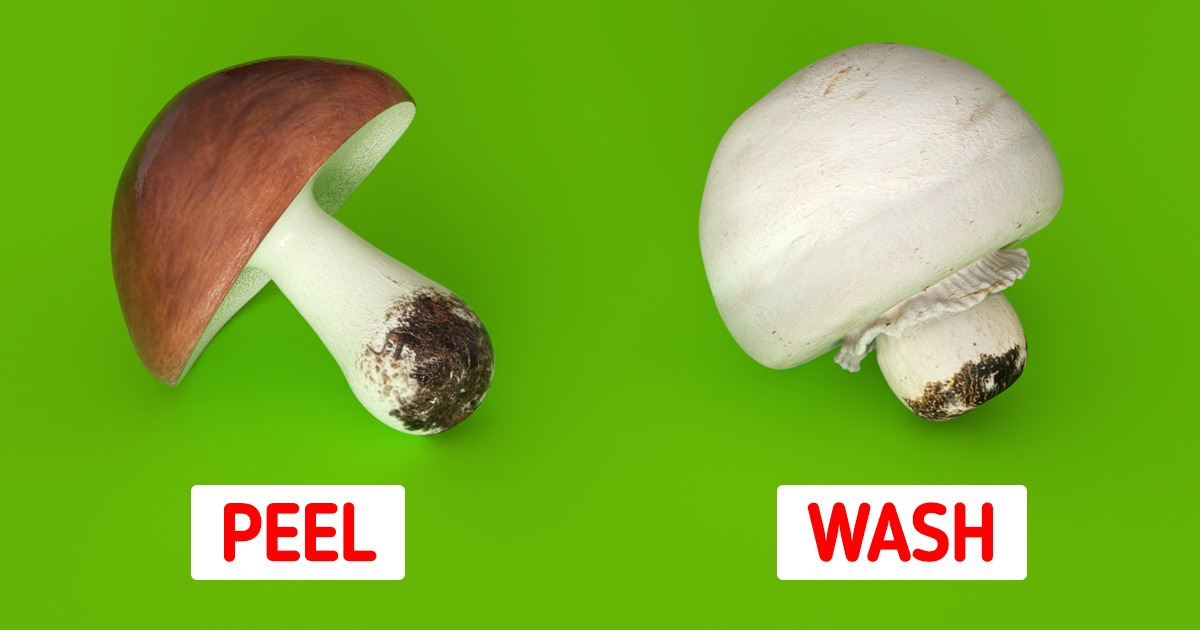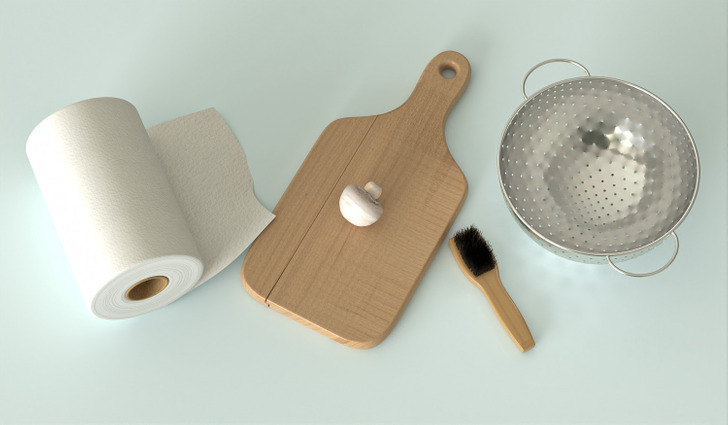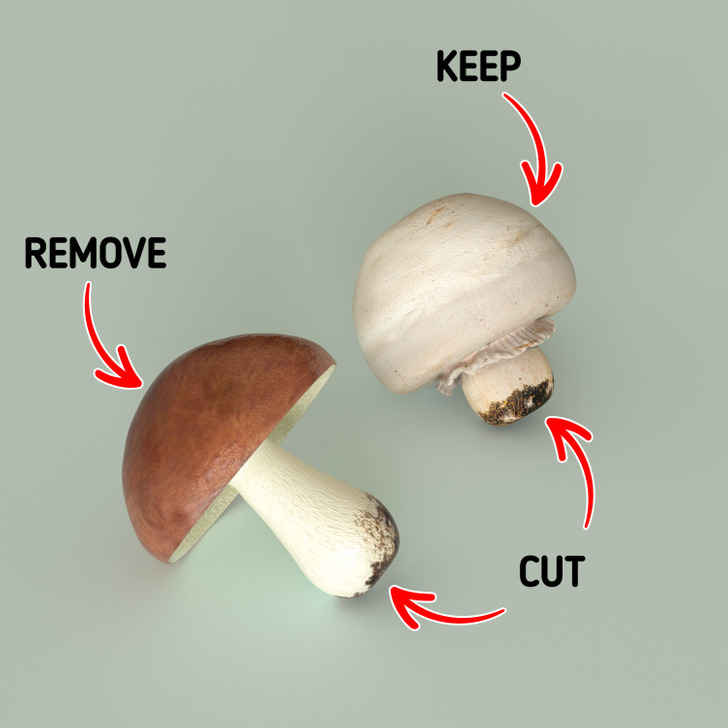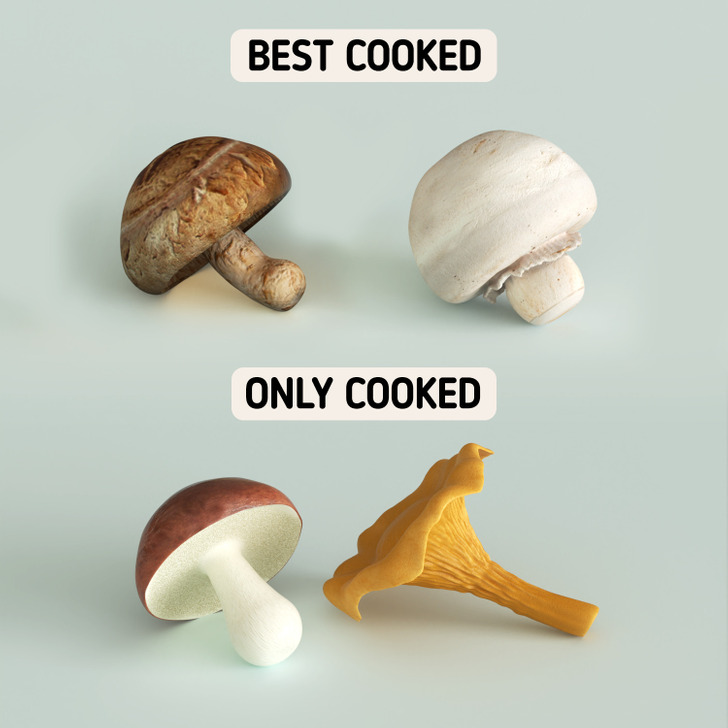A Guide to Washing and Peeling Mushrooms

Mushrooms are not like fruits and vegetables — they don’t have an actual skin that protects them or a middle part with seeds that should be removed. This is why it’s not always clear if you should do anything to them before cooking.
5-Minute Crafts found out whether you should peel and wash different types of mushrooms.
How necessary it is to wash mushrooms

Because mushrooms are very absorbent, soaking them in water for too long can make them tasteless.
Here are the best ways to clean mushrooms and not damage the shape or change the taste:
- If the mushrooms don’t look very dirty, just use a white towel to clean them.
- Use a brush to clean them.
- Give the mushrooms a shower (but don’t soak them). Put them in a strainer and wash them with your hands and dry them with a clean towel.
The third option works for most mushrooms you can find in the grocery store, but if you buy more mushrooms, it’s better to use a combination of 2 and 3 because they are usually very dirty.
Usually, mushroom stems are edible. But sometimes they are dry or stained, so you can just cut them off.
Most of the time, even if there are some bacteria on mushrooms after washing, they die during the cooking process.
Peeling mushrooms

Mushrooms from grocery stores can be cleaned using one of the methods described above. You can also separate the stems from the tops and wash them. But make sure you cut off the lowermost part of the stem with the soil.
But if we’re talking about wild mushrooms, such as butter mushrooms, their tops are usually covered with some slime, and this should be removed.
How to eat mushrooms correctly

Cultivated mushrooms, such as shiitake and champignons, can be eaten raw. However, sometimes raw mushrooms can lead to allergic reactions, so some heat treatment might be good.
Wild mushrooms, such as chanterelles, should always be cooked. You don’t have to eat all the cooked mushrooms right after — you can heat them up the next day.